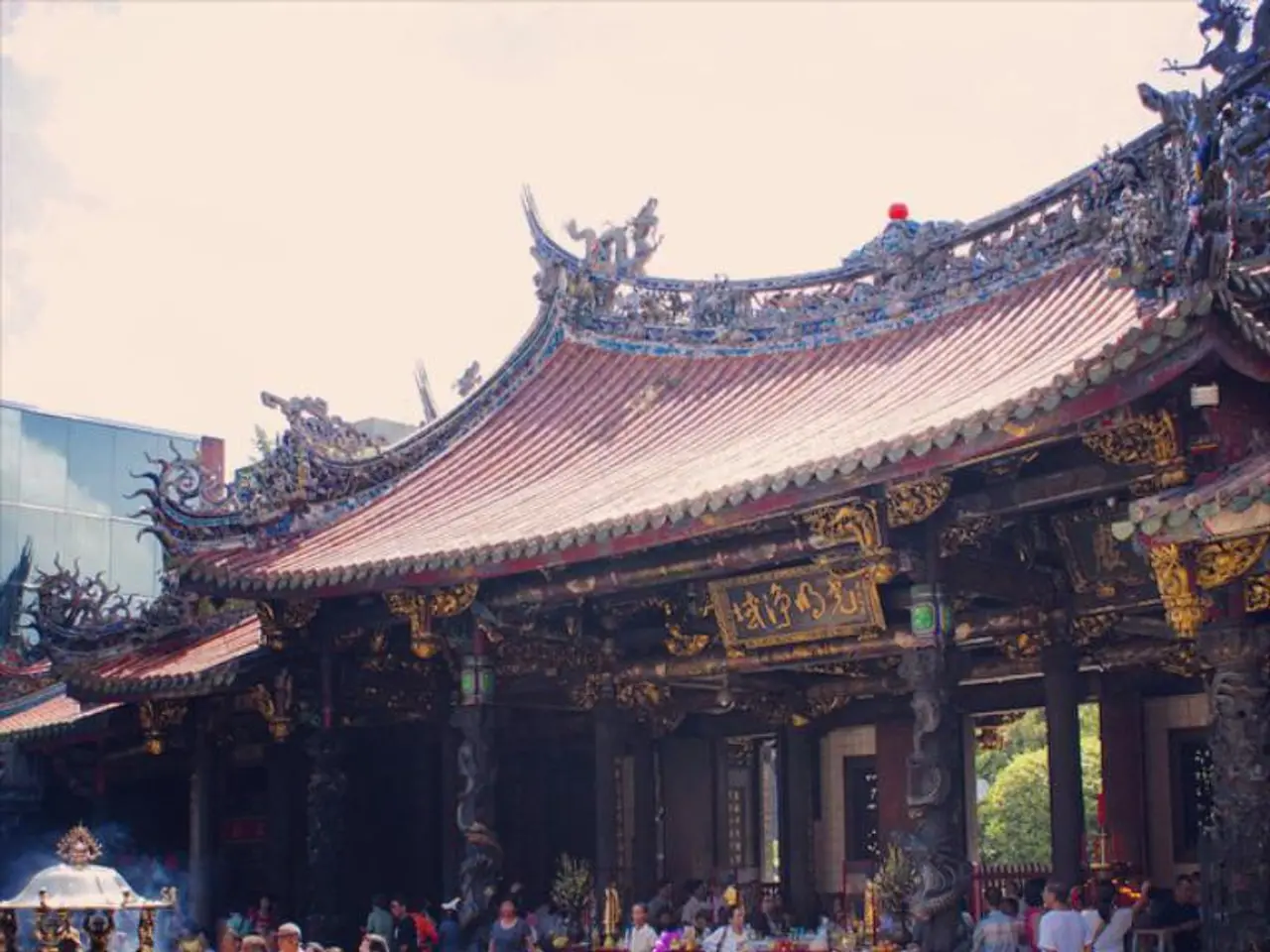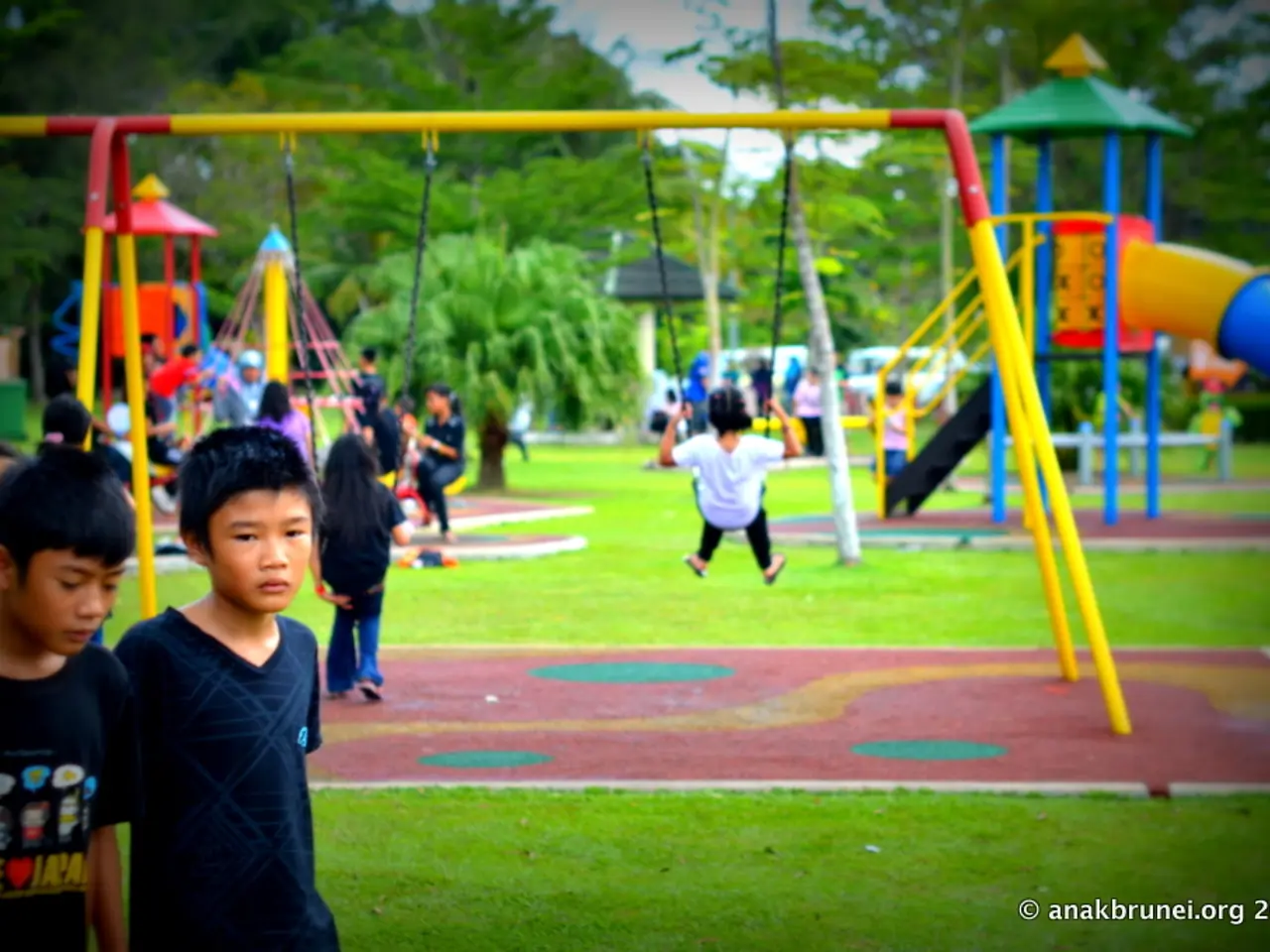California Residence Embraces Japandi Style, Featuring Suspended Tea House, Transparent Bridge, and Sunlit Rooms
In the picturesque town of Pebble Beach, California, stands the Waterbridge House – a distinctive residential project that seamlessly merges architectural innovation with a deep connection to nature. Designed by local artist Emily Yang Bauer, this glass-clad sanctuary appears to float above the landscape, embodying a tranquil, geometric silhouette that mirrors the surrounding pines [1].
The Waterbridge House is rooted in the Japandi style, a design philosophy that harmoniously blends Japanese calmness and Scandinavian restraint with the warm coastal essence of California. The minimalist approach emphasizes simplicity, natural elements, and a serene living environment [1].
A key architectural feature of the Waterbridge House is its signature glass corridor, which bridges over a tranquil pool. This glass bridge acts as a symbolic threshold, offering a moment of pause between the outside world and the restorative interior. The house consists of two wings connected by this bridge: one wing hosts a spacious open-plan kitchen, living, and dining area intended for socializing and daily life, while the other wing emphasizes privacy with a primary suite opening onto a deck, a den or office, and two additional en-suite bedrooms [1].
The Waterbridge House's facade creates a seamless blend between indoors and outdoors, inviting the forest in and allowing natural light to pour through the space. The use of extensive glass walls and sliding doors, combined with the minimalist form featuring bare white stucco and vertical frameless windows that melt into entire glass walls, further enhances this connection [1].
The Waterbridge House's design offers a gentle nod to history, adding a layer of serenity and depth. It draws inspiration from the Cui Linglong, an 11th-century building in Suzhou, China, while the floating tea house serves as a quiet retreat for contemplation or peaceful gatherings [1].
The home's minimalist palette may not suit maximalist tastes, but it offers a calming and invigorating atmosphere. The private wing provides a sanctuary for rest, while the wing for gatherings caters to social interaction. A separate guest suite with its own kitchenette and private entrance ensures autonomy and comfort for visitors [1].
The Waterbridge House, with its glass-clad sanctuary that floats above the landscape, has earned its name due to its relationship with water and the surrounding landscape. It offers privacy without isolation, allowing residents to immerse themselves in nature while maintaining a sense of connection to the world outside [1].
References: [1] Waterbridge House. (n.d.). Retrieved from https://emilyyangbauer.com/portfolio/waterbridge-house/
The Waterbridge House, with its serene design rooted in Japandi style, serves as a source of inspiration for events that emphasize minimalist lifestyle, seamlessly blending the indoors with nature and offering a peaceful atmosphere reminiscent of a home-and-garden retreat. The glass-clad sanctuary, featuring a tranquil pool and a symbolic threshold glass bridge, encourages contemplation and reflection, making it an ideal venue for workshops or meditation sessions.




